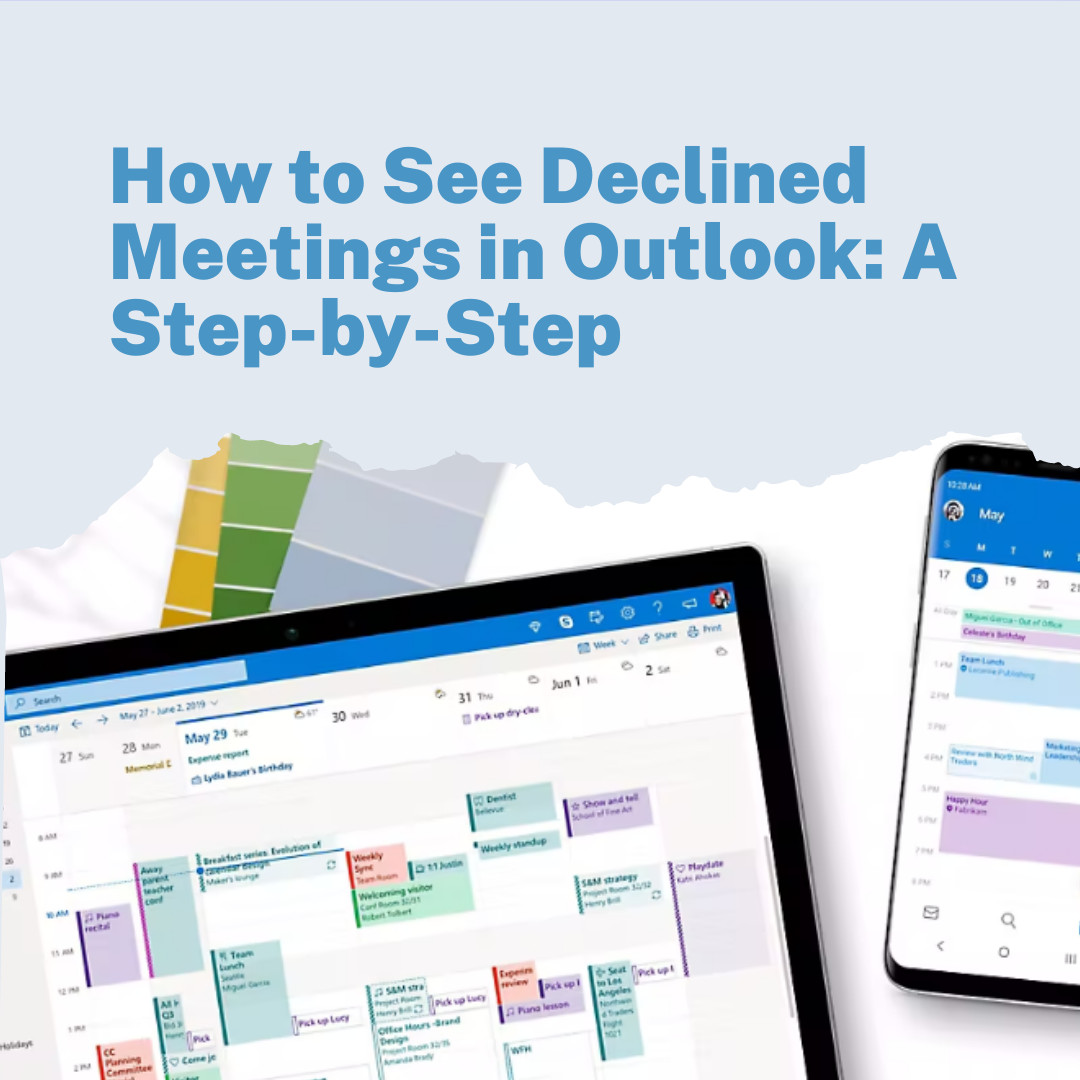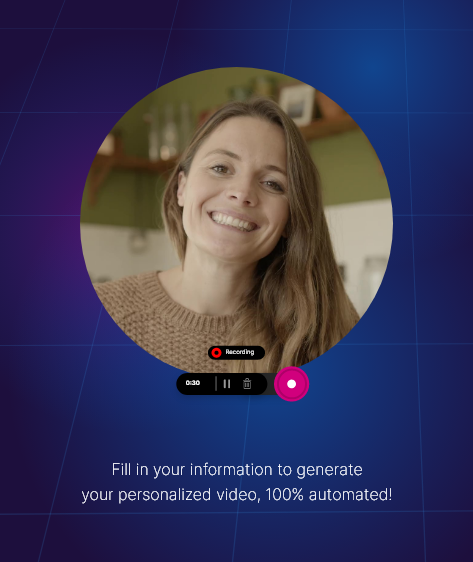In today’s fast-paced corporate environment, keeping communication lines open and efficient is paramount. One popular tool used by companies of all sizes is the ‘catch-up meetings‘. But what is it, and how can it benefit you and your team?

What is a Catch-Up Meeting?
Catch-up meetings are short, usually, informal sessions that teams hold regularly to discuss updates, challenges, and next steps. Think of them as the pulse check of your team, ensuring everyone remains on the same page and focused on mutual goals.
According to the Harvard Business Review, effective communication is crucial in improving workplace productivity. Catch-up meetings are a significant aspect of this, bridging the gap between team members, streamlining workflows, and keeping projects on track.
Benefits of Catch-Up Meetings
- Improved Communication: These meetings ensure every team member is updated about ongoing projects, which reduces the chances of miscommunication.
- Boosting Morale: By discussing challenges and celebrating successes, team morale is uplifted.
- Problem-solving: They provide a platform for team members to address any immediate challenges or obstacles.
- Better Planning: With regular updates, it’s easier to plan and prioritize tasks.
The Role of Emotional Intelligence in Catch-Up Meetings
Emotional intelligence plays a pivotal role in these meetings. Recognizing emotional cues, understanding underlying team sentiments, and responding empathetically can be the difference between a productive catch-up and a demoralizing one.
According to research by Daniel Goleman, emotional intelligence can be more important than technical skills in leadership roles. When conducting catch-up meetings:
- Be Attentive: Listen actively. This means not just hearing the words but understanding the emotions behind them.
- Respond, Don’t React: If a team member shares a concern, avoid being defensive. Instead, understand their perspective and respond thoughtfully.
- Promote Openness: Foster an environment where team members feel they can share without fear of retribution.

How to Conduct an Effective Catch-Up Meeting
- Set a Clear Agenda: A defined structure ensures you cover essential points without straying off-topic. Tools like Trello can help organize your agenda points.
- Keep it Short: The ideal duration for a catch-up meeting is 15-30 minutes. This ensures participants stay engaged.
- Choose the Right Frequency: Depending on your team’s needs, decide whether daily, weekly, or bi-weekly meetings are best.
- Encourage Participation: Make sure everyone gets a chance to speak. Tools like Slack have features to solicit questions or points before meetings.
- Use Weezly: Weezly helps you automate meeting scheduling, organize team meetings more easily, schedule via video, and much more.
When is the Best Time for a Catch Up Meeting?
According to a study by WhenIsGood, late mornings during the mid-week are ideal. This time usually ensures maximum attendance and participation.
However, the key is to find a time that suits the majority of your team. Ensure to rotate meeting times if your team spans different time zones.
Tips for Virtual Catch-Up Meetings
With remote work becoming the new norm, virtual catch-up meetings are gaining traction. Here are some tips to make them as effective as in-person sessions:
- Use a reliable platform: Options include Zoom, Microsoft Teams, or Google Meet.
- Ensure a stable internet connection: Poor connectivity can disrupt the flow.
- Enable video: This fosters a sense of connection among team members.
- Record the meeting: For those who can’t attend, recordings can be invaluable. Most platforms offer this feature.
Challenges of Catch-Up Meetings and How to Overcome Them
- Lack of Participation: Engage quieter team members by asking open-ended questions.
- Time Zone Differences: Rotate meeting times or hold separate sessions for different zones.
- Meeting Fatigue: If team members feel overwhelmed with frequent meetings, consider reducing the frequency or merging with other sessions.
Feedback is Crucial
Regular feedback about the effectiveness of your catch-up meetings ensures they remain beneficial. Use tools like SurveyMonkey or Google Forms to solicit feedback.

In Conclusion
Catch-up meetings, when done correctly, can be a pivotal tool in ensuring effective communication within teams. They not only help in keeping everyone updated but also in identifying and solving challenges proactively. By incorporating the best practices mentioned above, you’re well on your way to making your catch-up meetings a resounding success!





